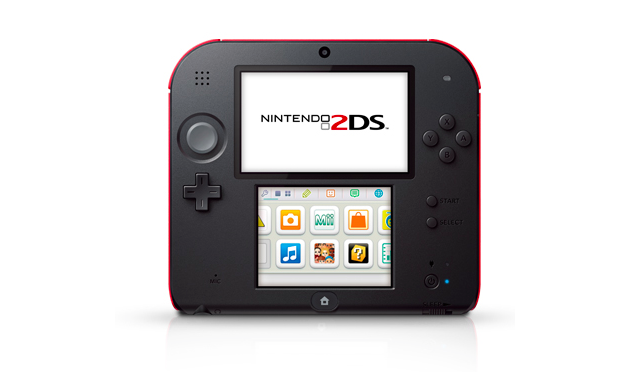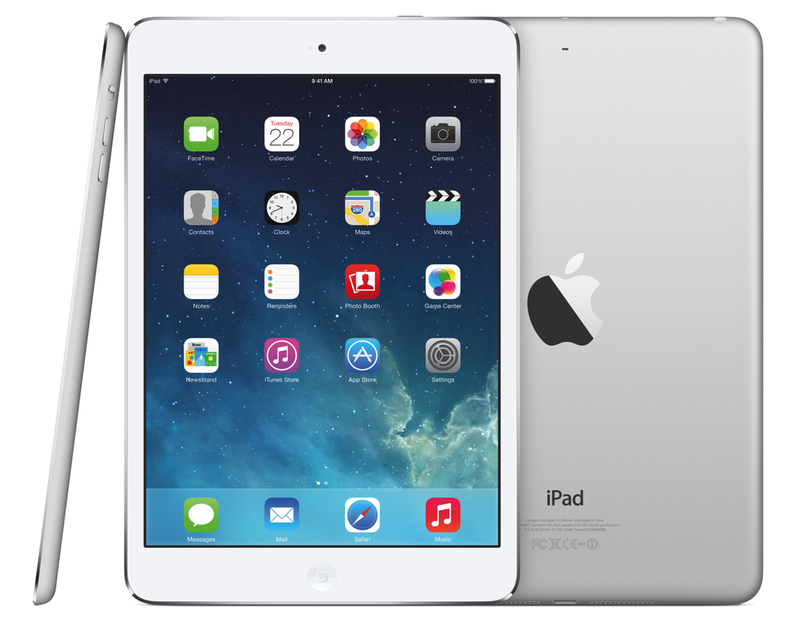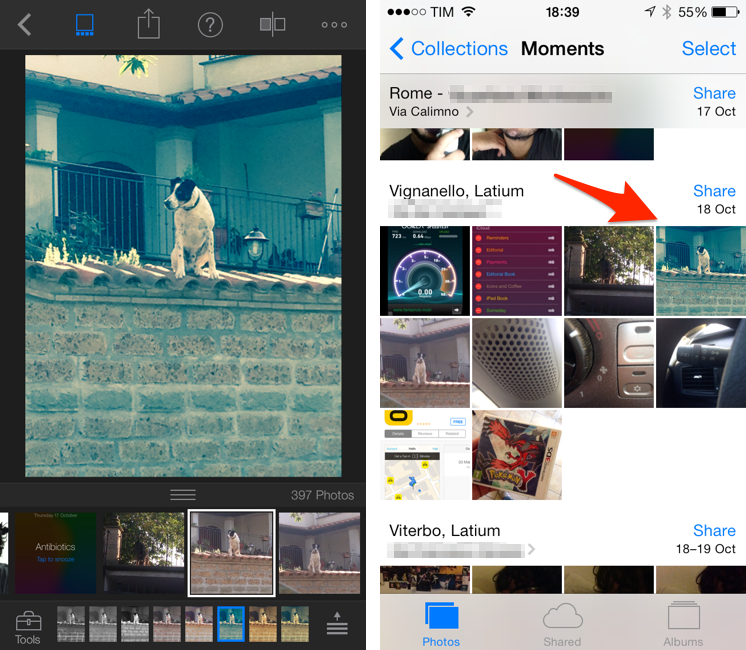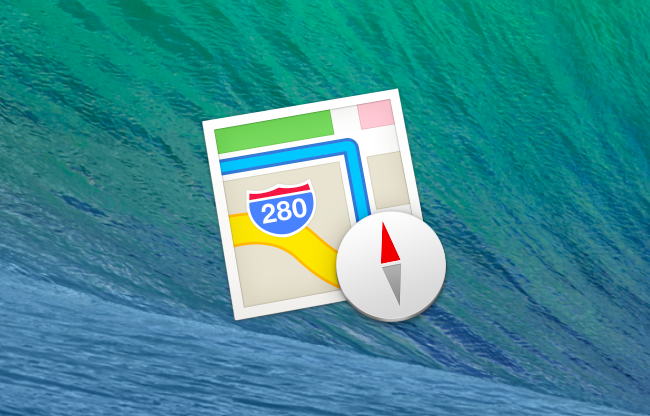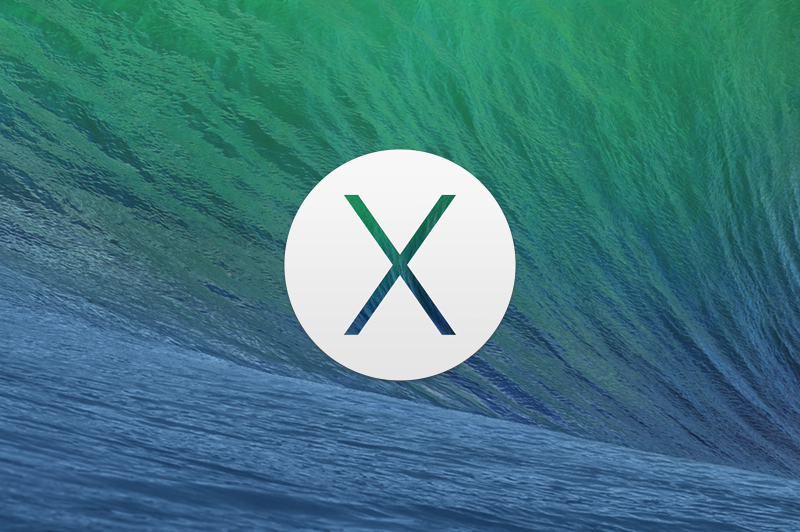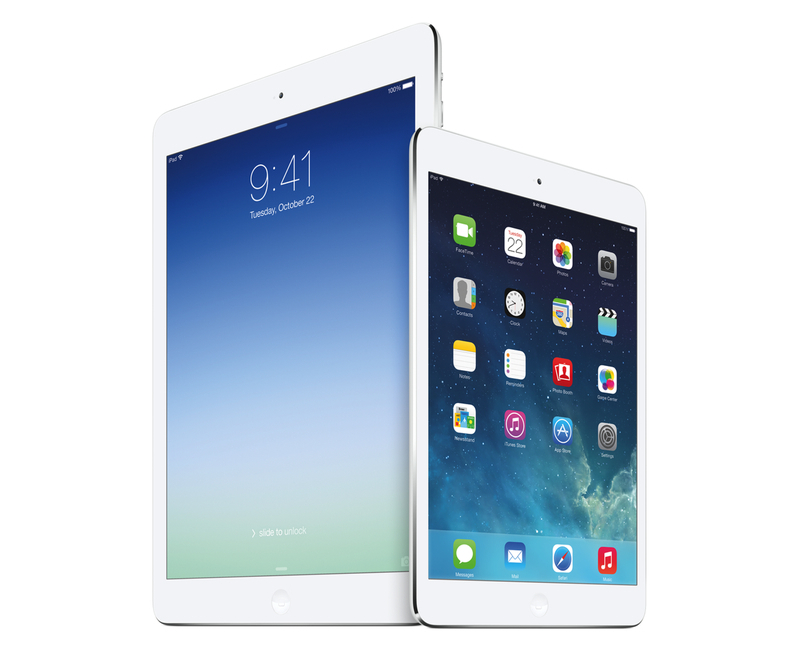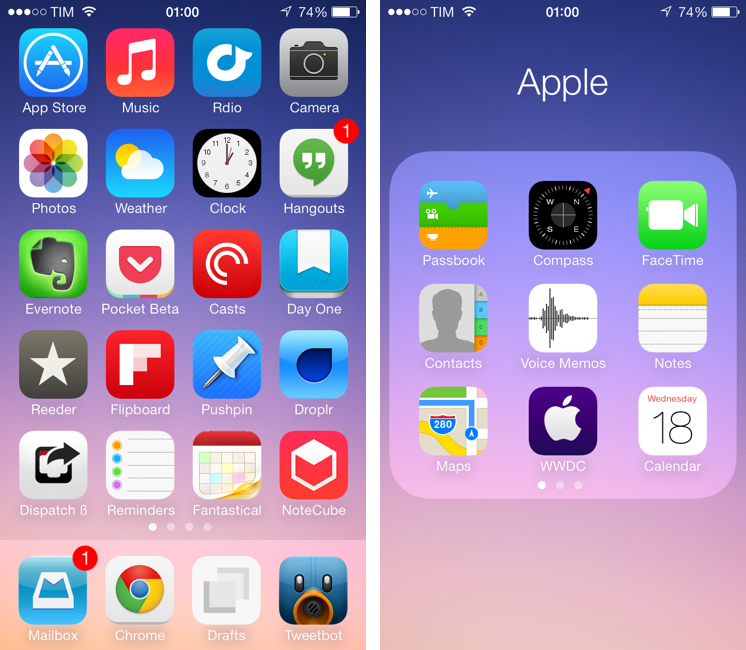I chose the Space Gray model over Gold and Silver, and I think the gray looks fantastic. The gray is maybe closer to stainless steel in tone, a darker tint than the aluminum finish of the silver model or of today’s MacBooks. The original batch of hands-on photos and renderings don’t do the color justice. I think “gray” downplays its premium look.
This is my first iPhone with the 4-inch Retina display and the difference is tremendous. Upgrading from the now stubby looking iPhone 4s, the 5s feels slim and tall. It’s featherlight, slick, and surprisingly more comfortable than I thought it would be. I haven’t had to think about pulling down the Notification Center or reaching too far to hit a back button.
It’s so light that I ended up purchasing one of Apple’s new leather cases just to give the phone a little extra grip. I do have mixed feelings about the leather case. As far as I can tell, it’s a plastic shell covered in a stiff (but ever so slightly plush) leather. The case doesn’t feel too different from a Smart Cover for the iPad. While it looks supple, it’s not. It’s shaped so that it very tightly snugs the phone. It’s such a tight fit that getting it out is an exercise in patience. I pried the corners back getting the phone halfway out, and used a pencil eraser maneuver the rest of it out through the camera hole, pushing on the glass. To their credit, Apple made a case that doesn’t add much bulk or weight to the iPhone 5s, but it’s not a case you will want to take on or off everyday.
Upon setting up the 5s, you’re presented with the same iCloud setup screens as usual. I opted not to restore a backup from iCloud, instead choosing only to sync other info like contacts and calendars. Afterwards you’re asked to set up Touch ID, the new fingerprint sensor that’s installed underneath the modest Home button. I didn’t think the instructions were clear enough, but I was already familiar with setup thanks to the numerous amount of hands-on videos from popular tech sites. Once activated, it really does work like magic. Other fingers don’t trigger the sensor, and it unlocks almost immediately. I’m still getting used to not swiping and typing in a pin.
Interestingly, the ring around the sensor on the Space Gray iPhone doesn’t match the gray body. Instead it’s jet black, darker than even the slate color on the previous iPhone 5. Unlike the Silver and Gold models, the black Home button does appear more translucent.
I pre-ordered an album on iTunes (just a fingerprint required) and it just worked. The natural next step for Apple would be to use Touch ID for EasyPay purchases. Michael Norton and crew touch on the idea for retail purchases during Episode 72 of The Impromptu.
I’ve taken a few selfies (I’d rather not share those) and the quality of the front facing camera is excellent, much improved from the 4s. The rear facing camera is spectacular: a dimly lit setting (overcast sky and closed blinds) appears slightly warmer and brighter in the photograph with hardly any grain. Photos taken outside are fantastic as usual. It was daylight by the time I walked out of the store, so I have to try out the upgraded flash and low light capabilities in the evening. I can’t say right now, but I’m expecting the 5s to be a very impressive little camera.
I was looking forward to giving the motion sensor a brief spin, but I haven’t noticed the Nike+ Move app in the App Store yet. I don’t know if that was slated to launch today or next week, but I’m looking forward to giving it a test and seeing what impact there is on battery life.
Lastly there’s the performance. It’s blazing fast. Everything is buttery smooth, and parallax scrolling doesn’t feel like something I have to turn off. Just how powerful the A7 chip is will become apparent down the road, as people start noticing how much faster it is to do things like export movies and photos with upgraded apps. The fact that Apple was able to double the processing speed over last year’s model (which was already twice as fast as the 4s) is impressive.


